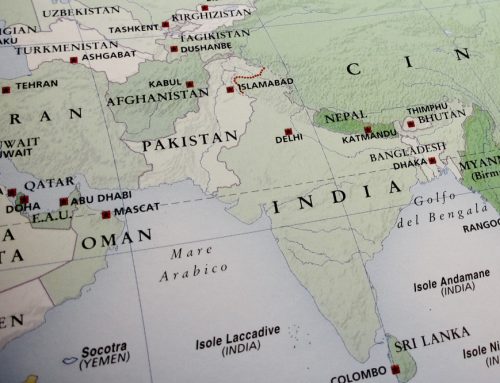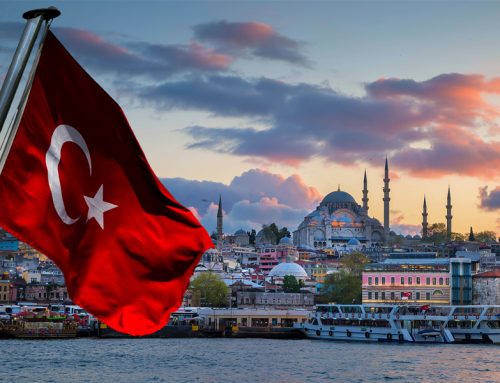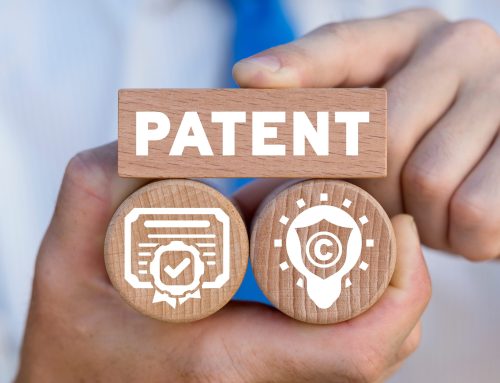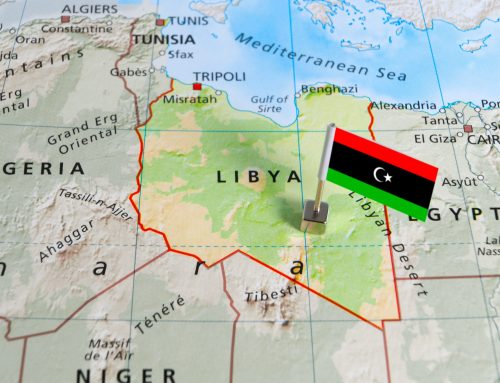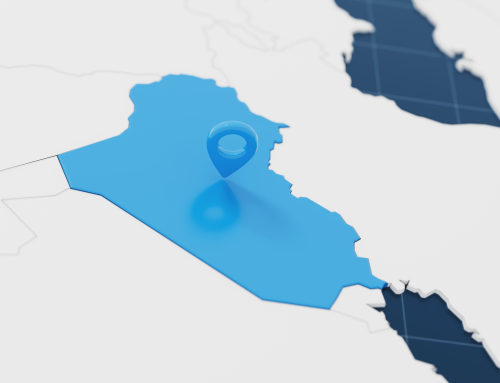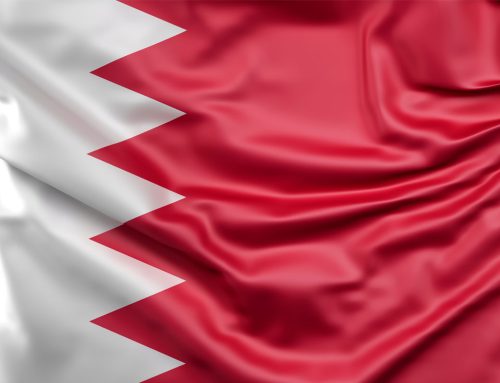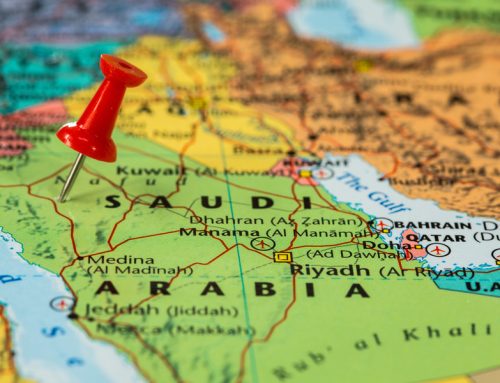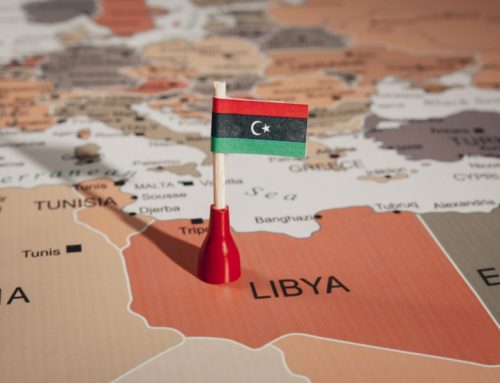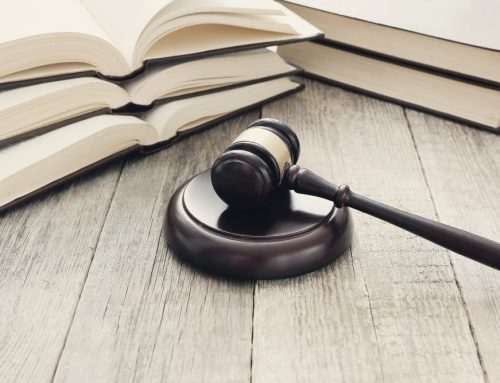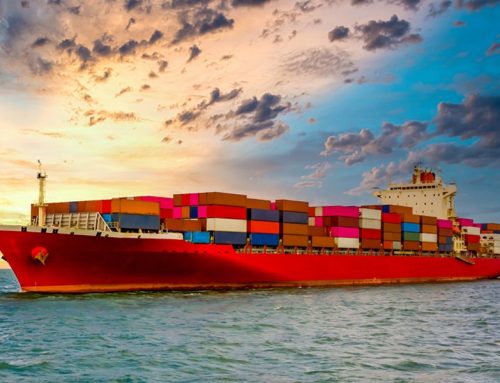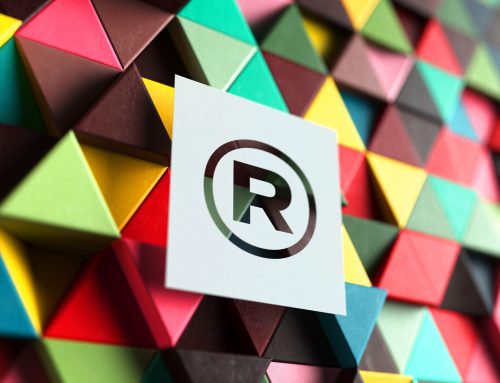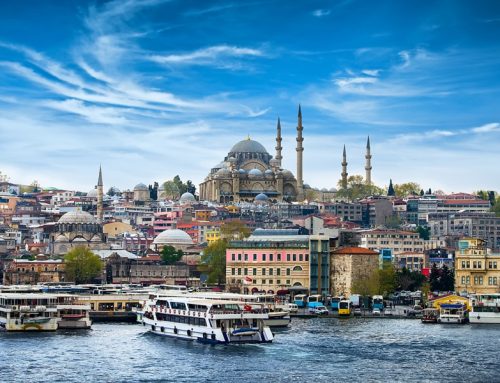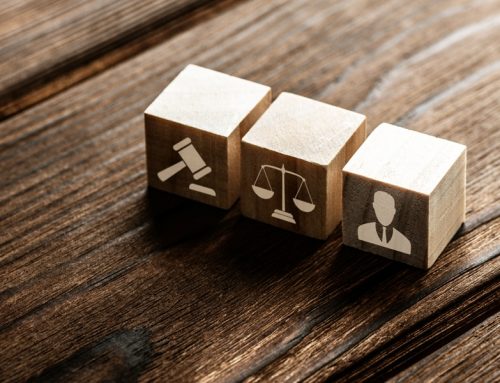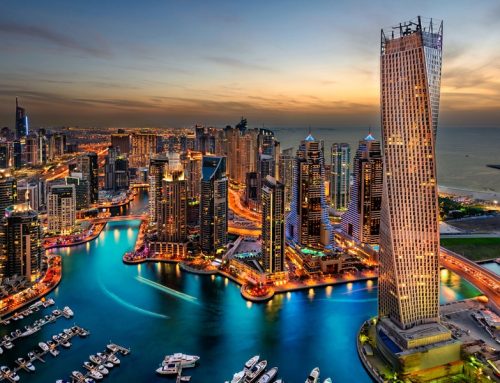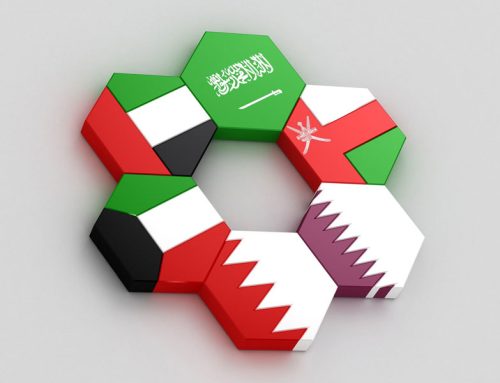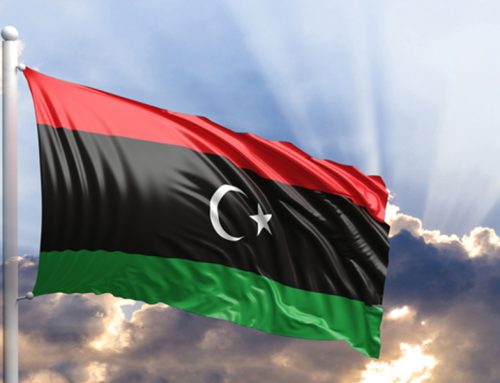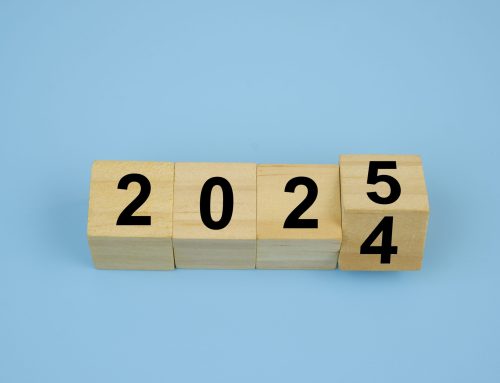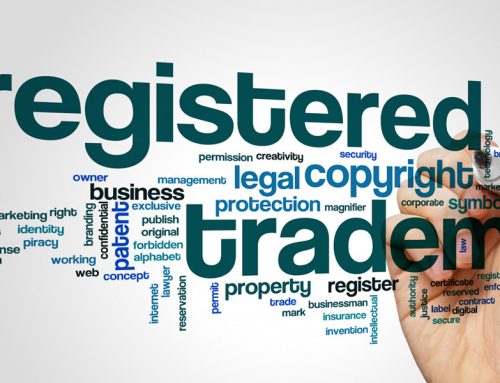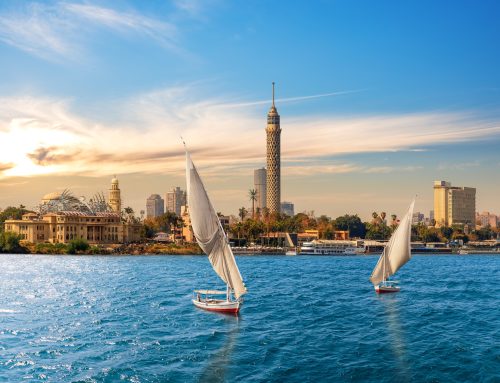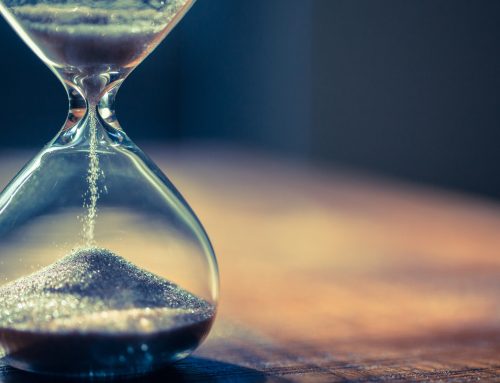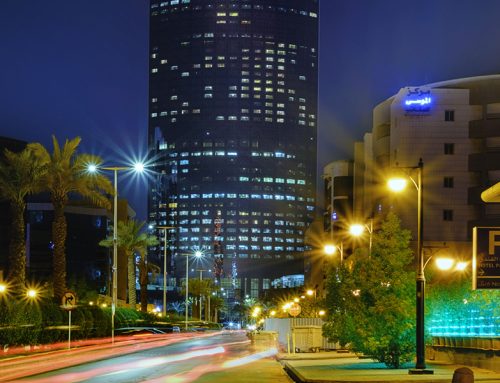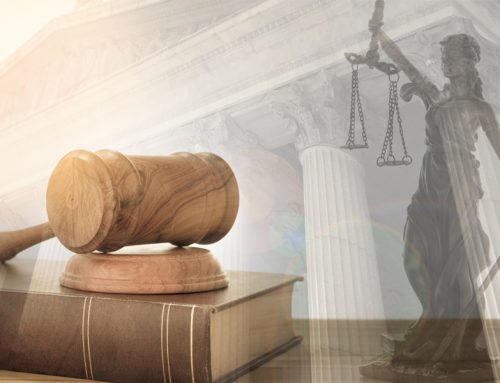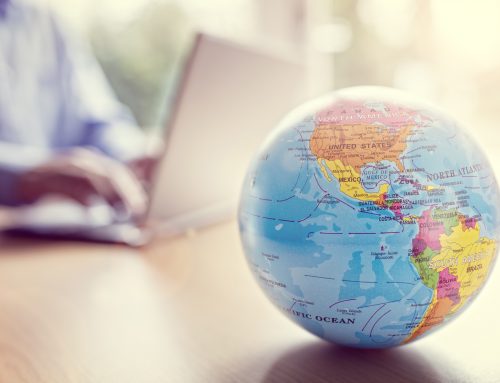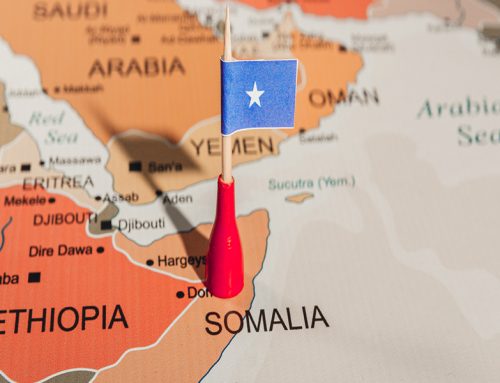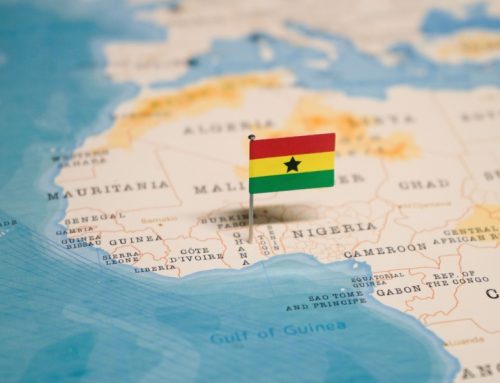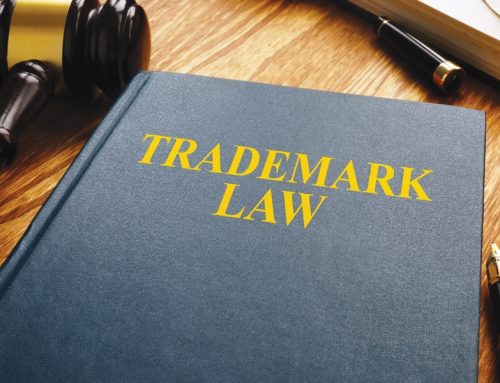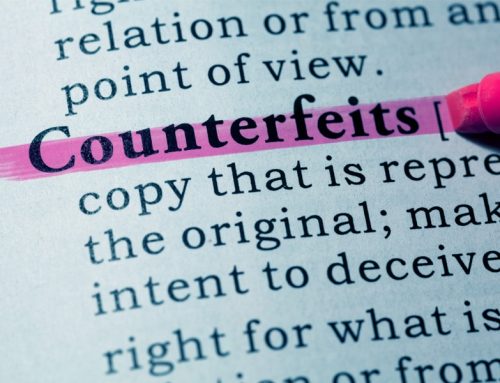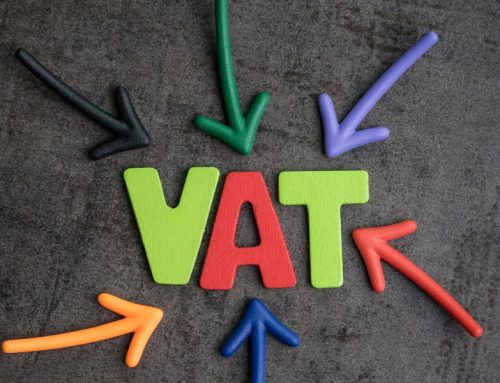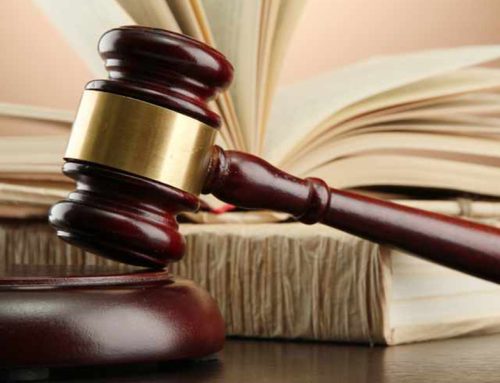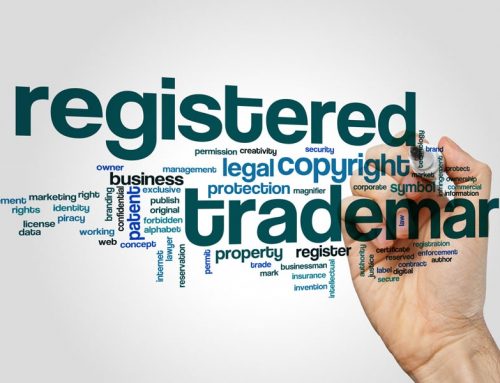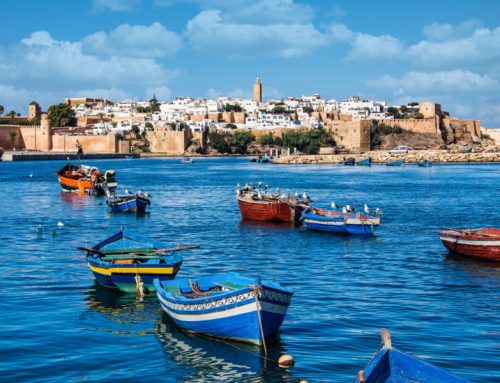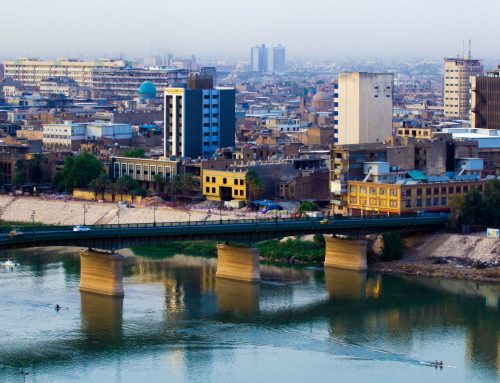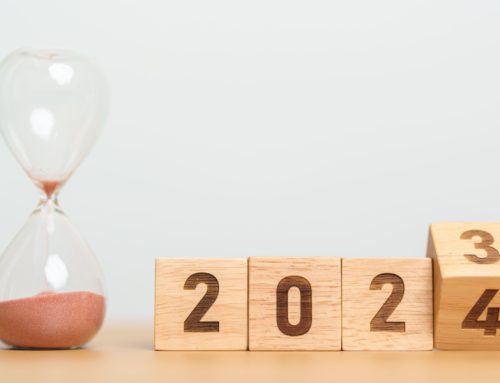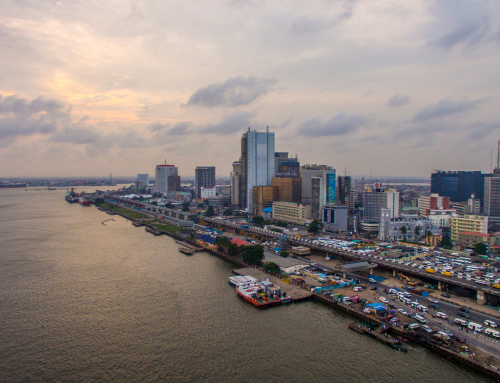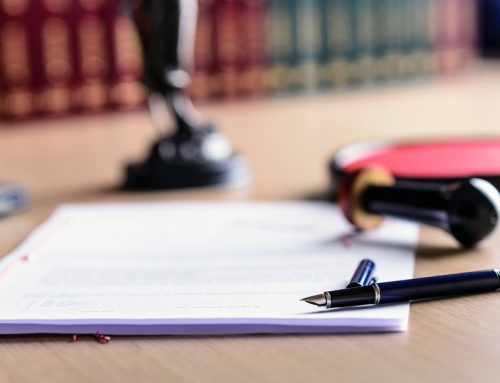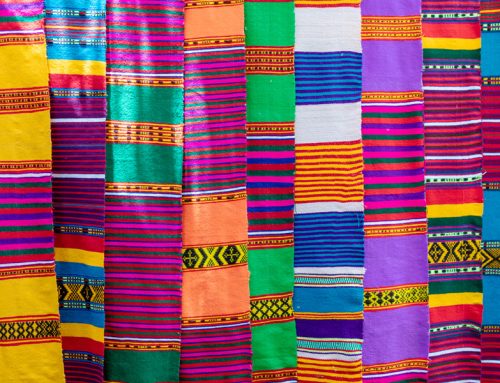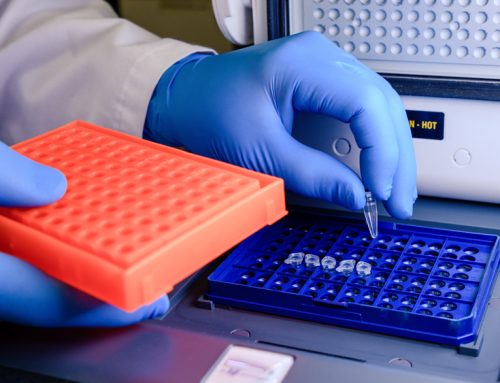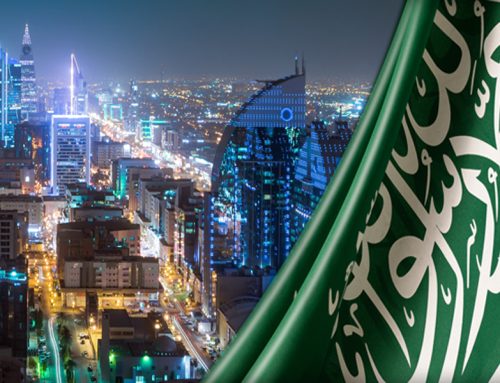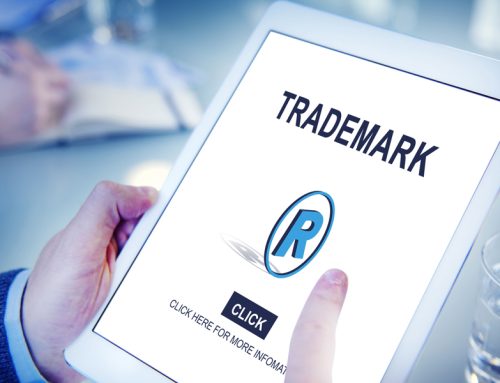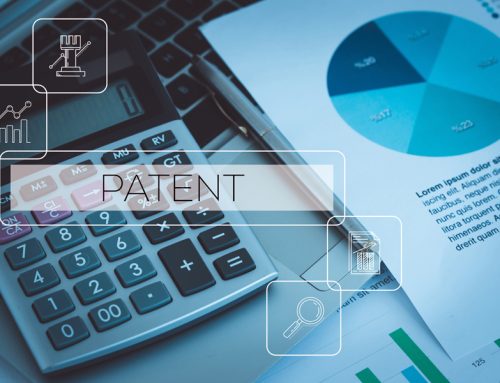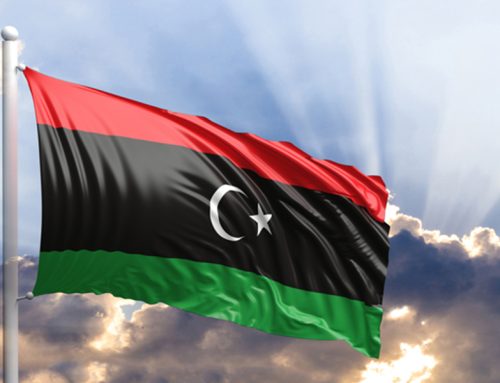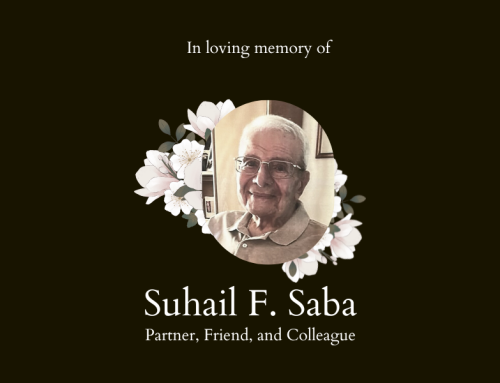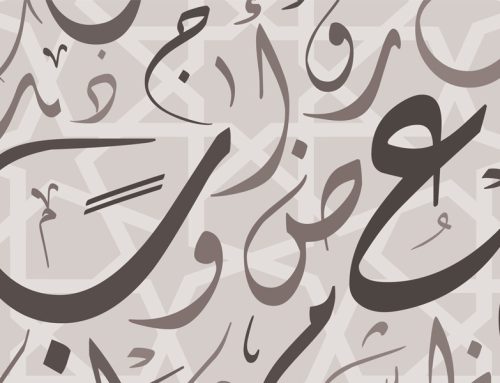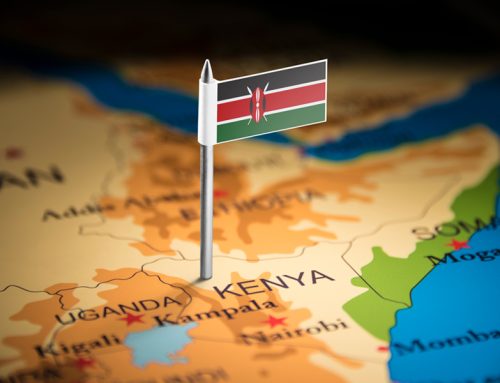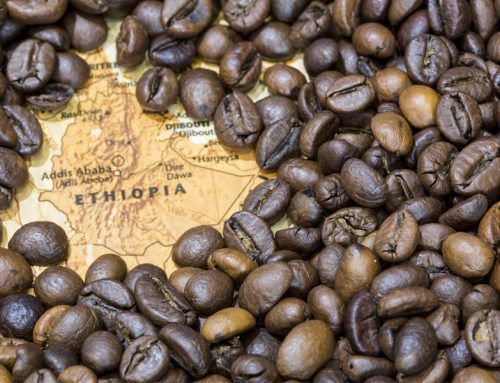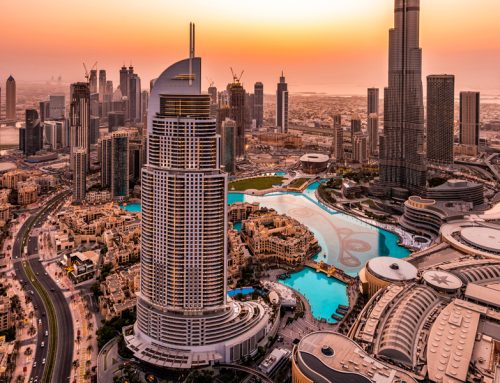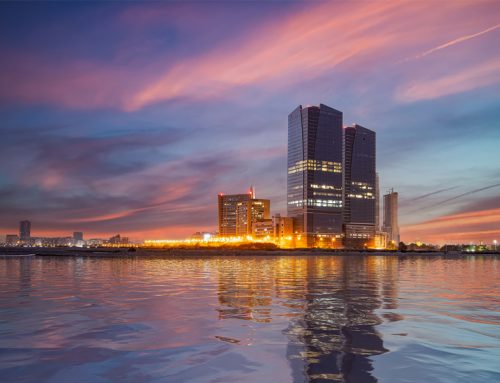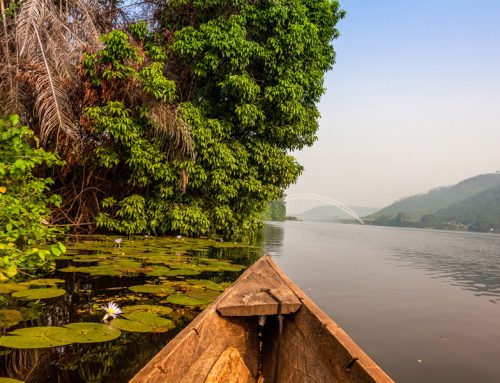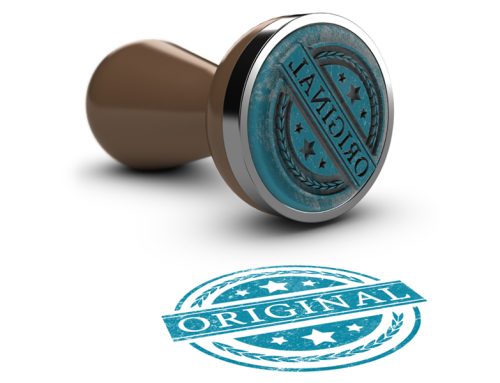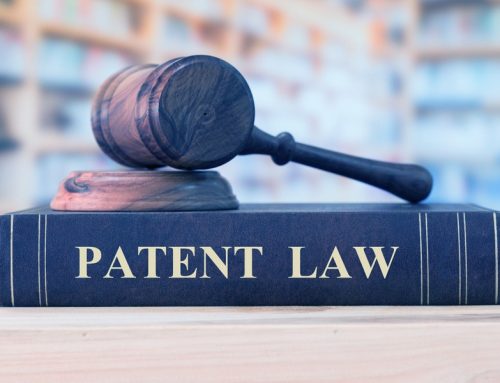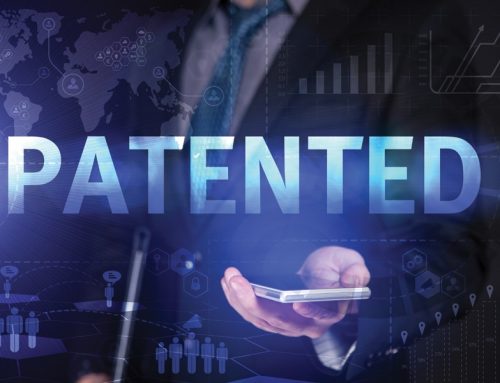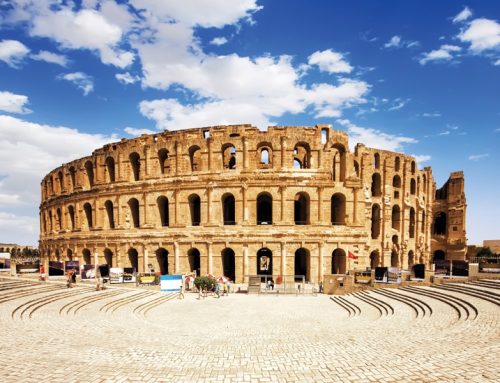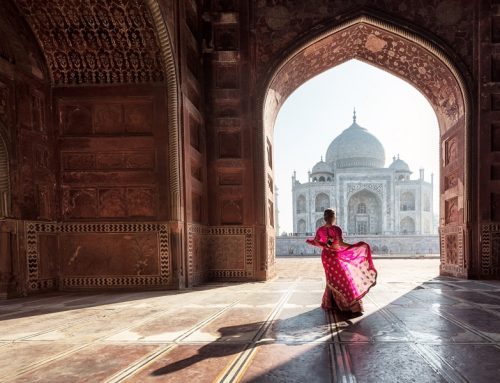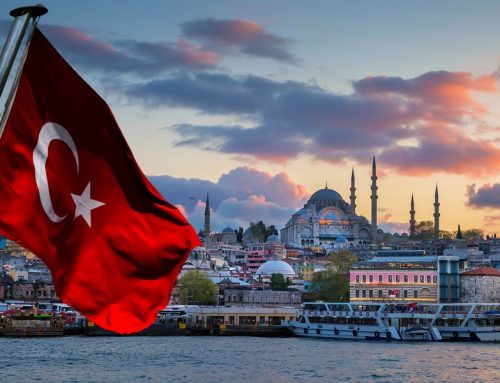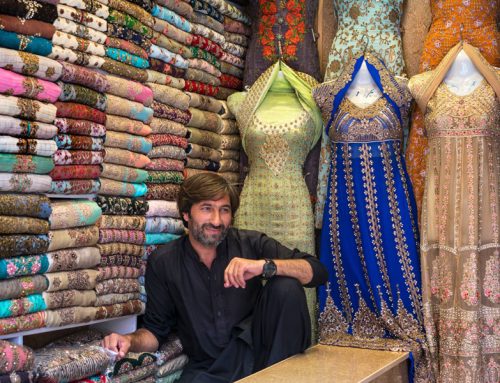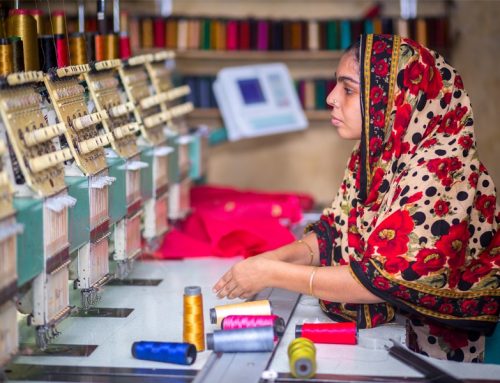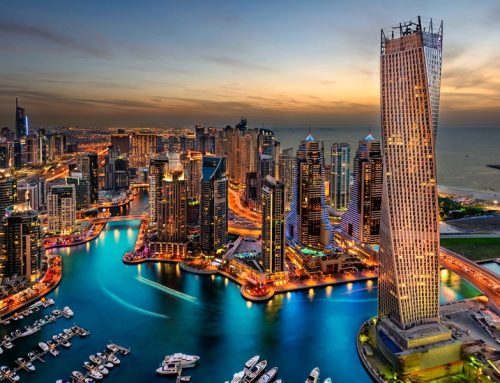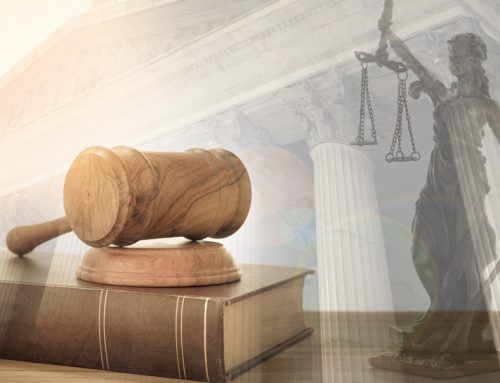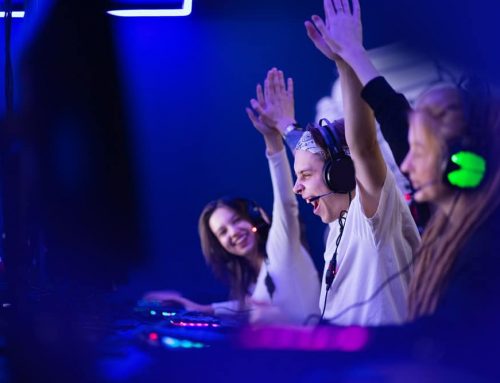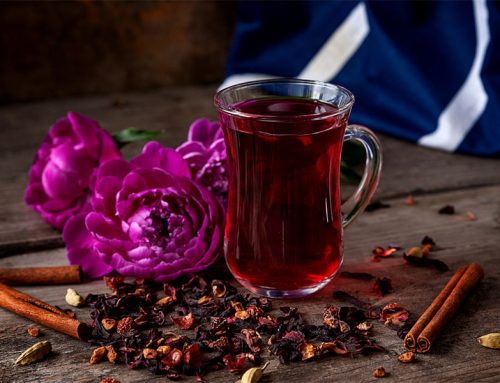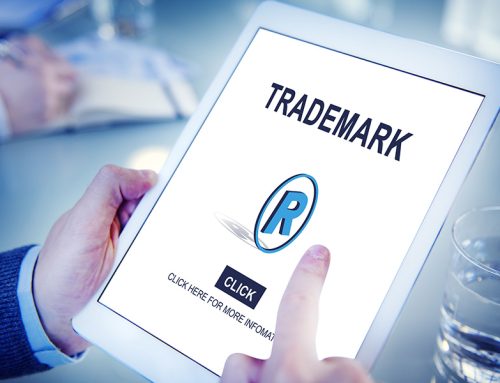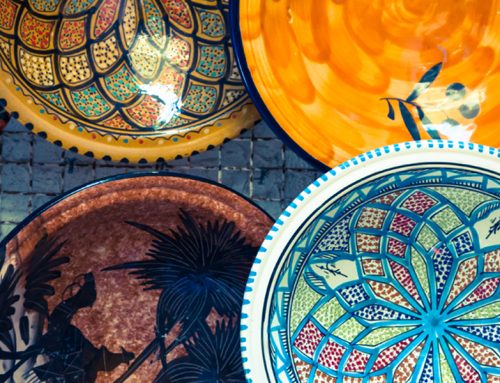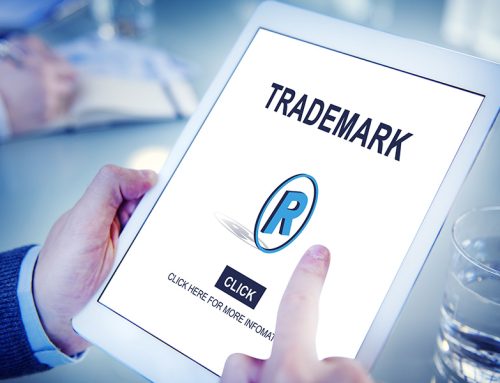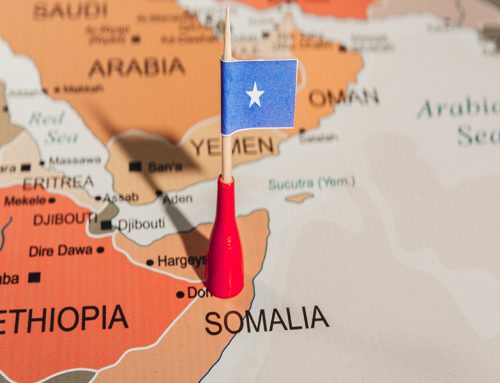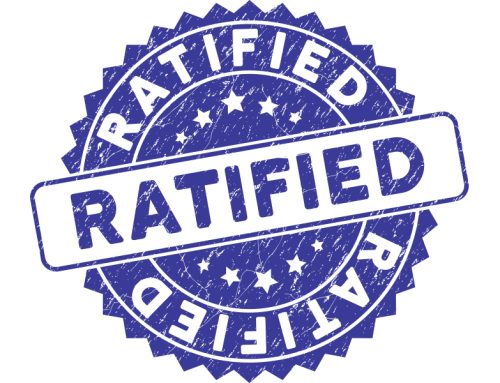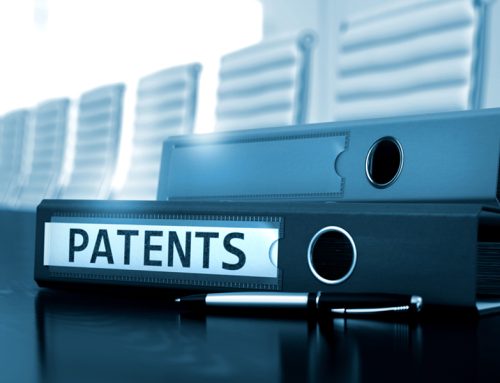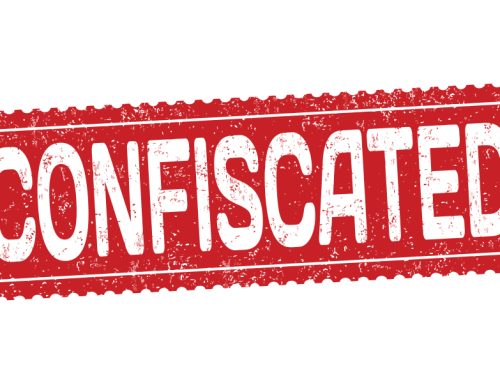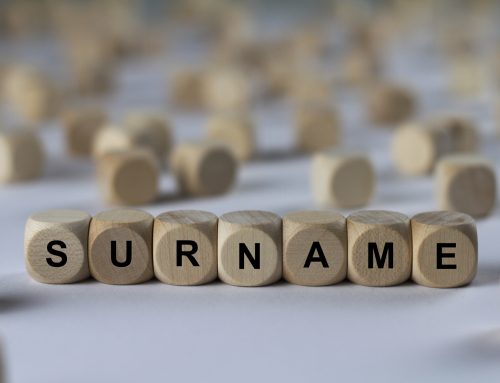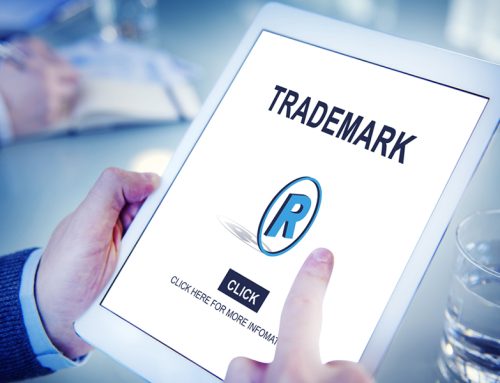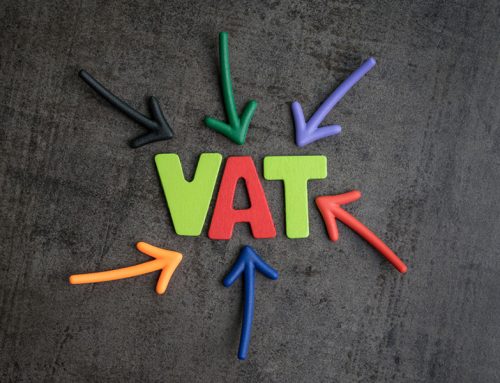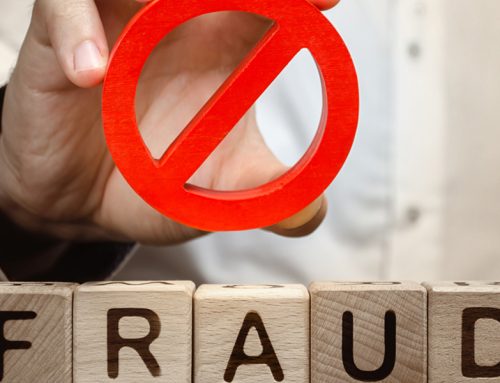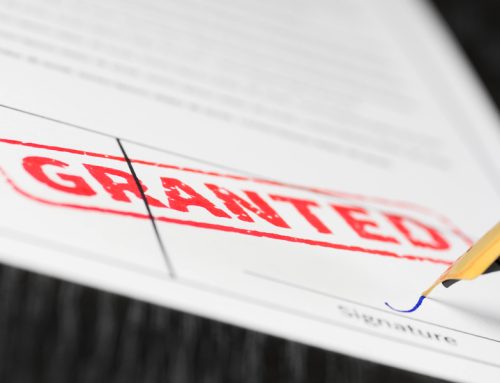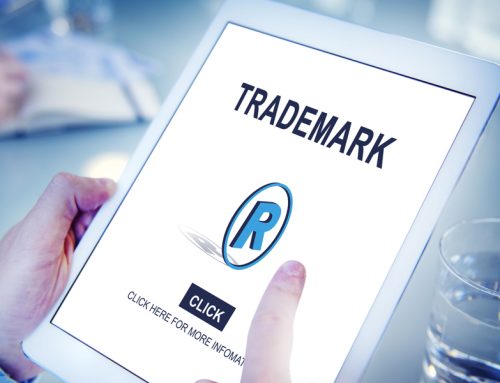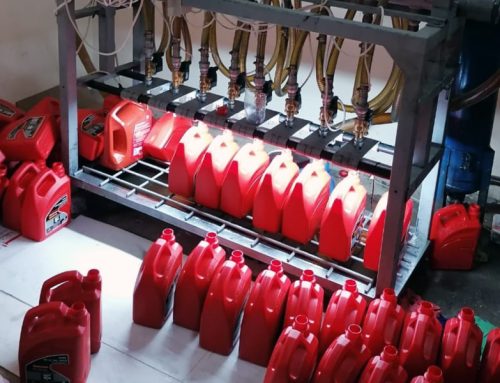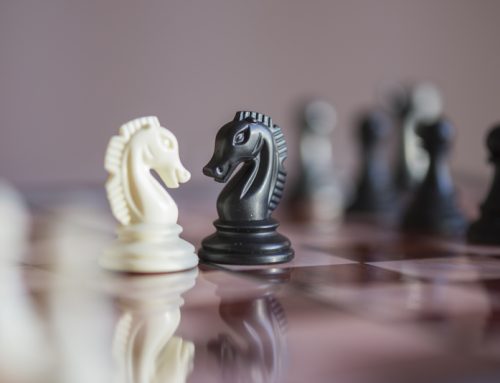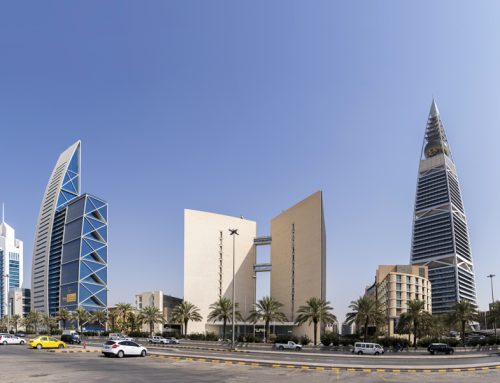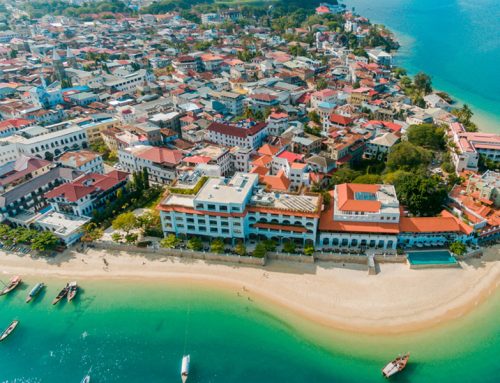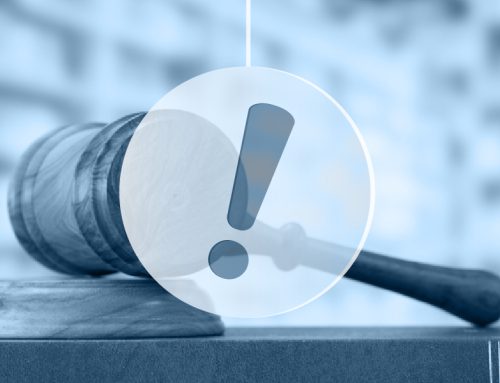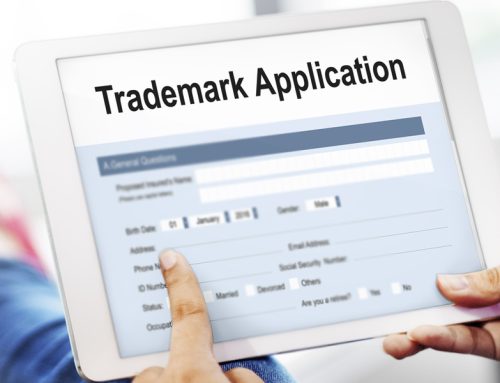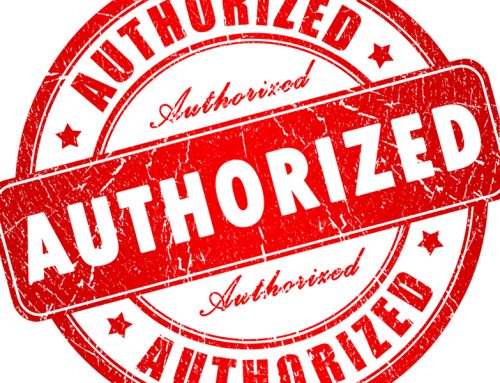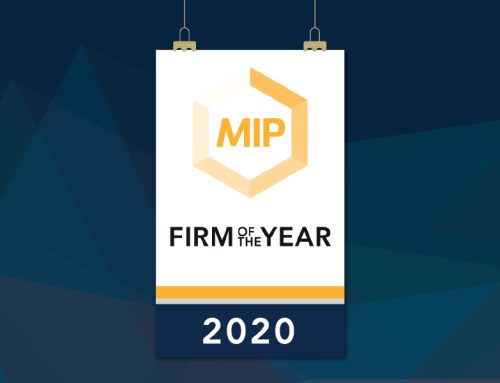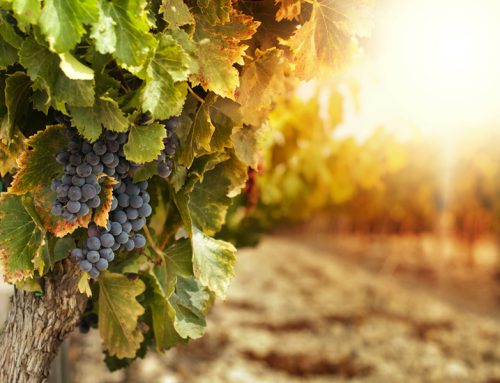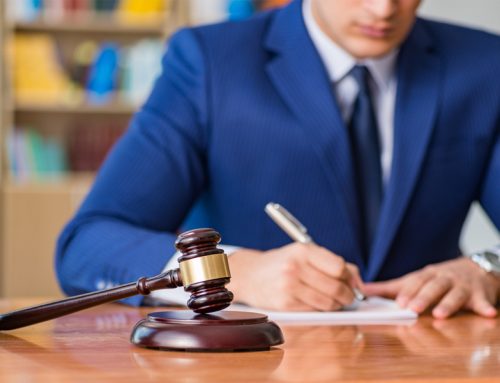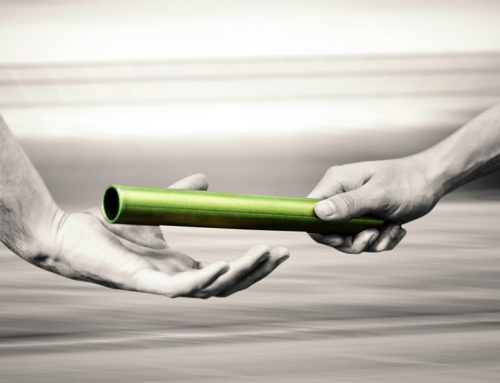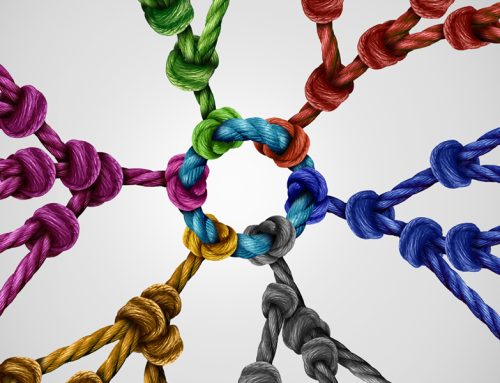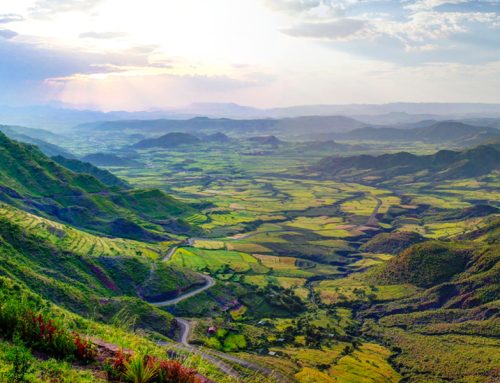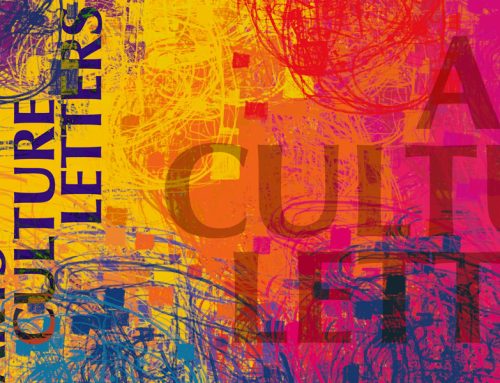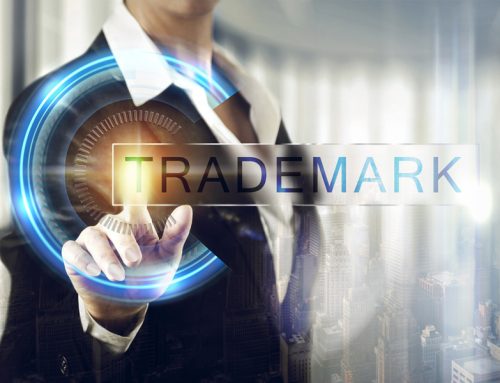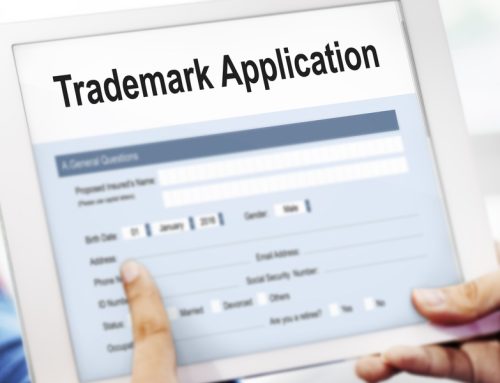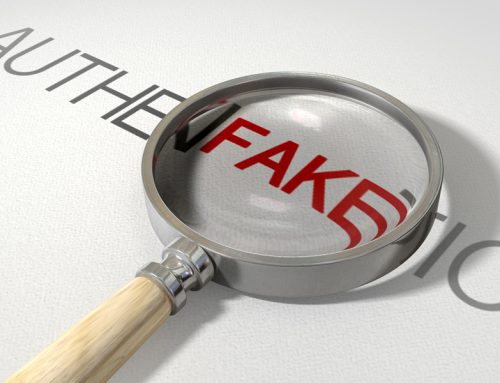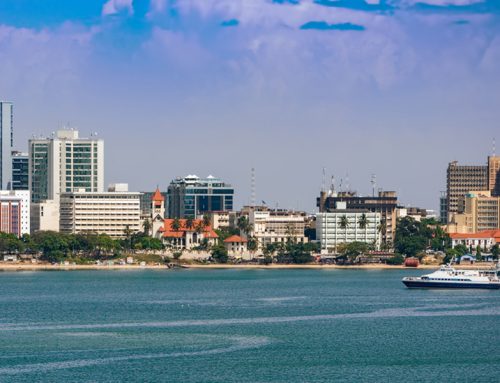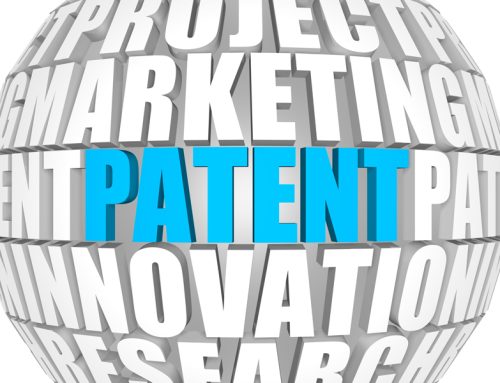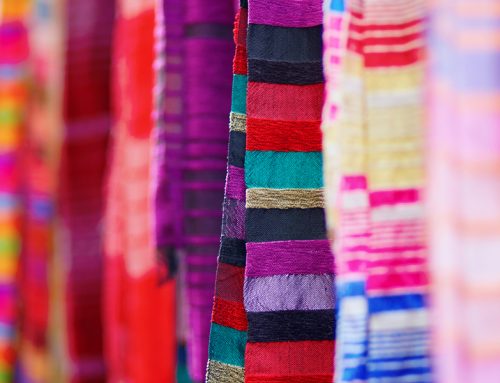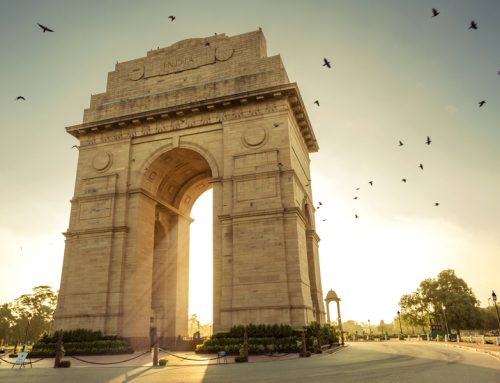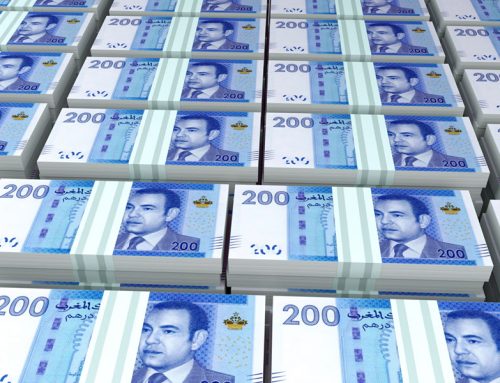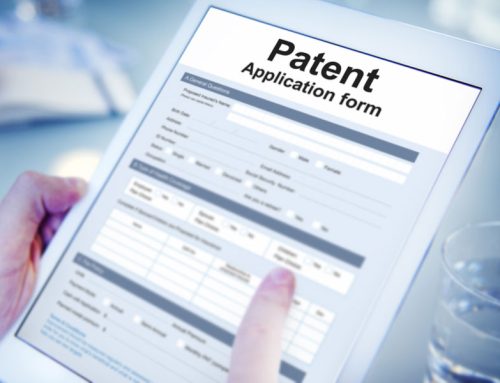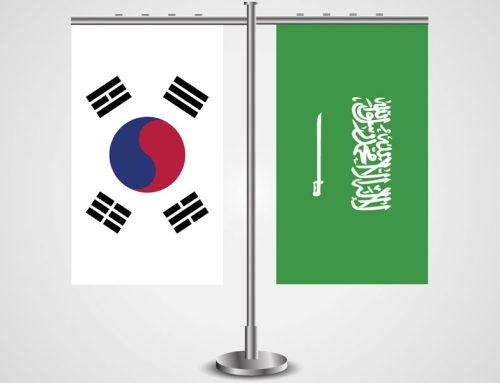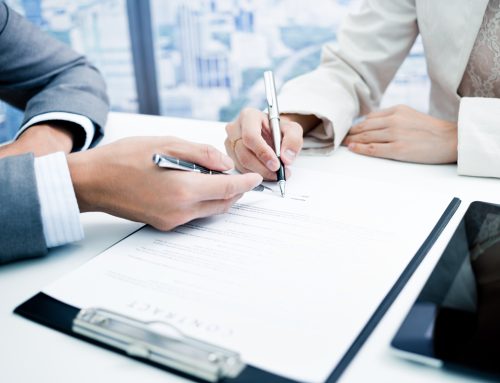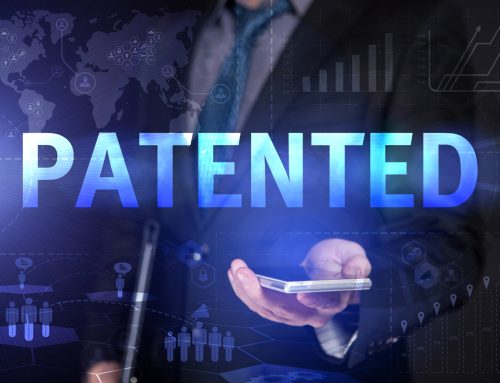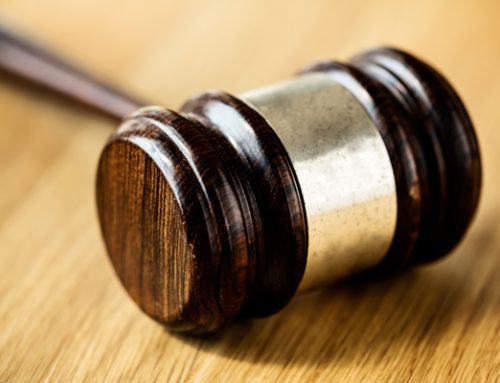The most valuable and famous marks worldwide span the globe and a wide range of industries. Cream of the crop includes GOOGLE, MICROSOFT, COCA-COLA, COLGATE, NESTLE, MCDONALD’S, WALMART, IBM, VODAFONE, GE, APPLE, PEPSI and AT&T. These are extremely valuable assets that companies will go to surprisingly great lengths to protect. What makes these marks famous, and can we say they are also famous in our part of the world? In brief, these brands are valued based on their earnings over the past years and the relevance in their industry, in addition to some presence in the local markets to make the final cut. What makes marks famous in our region? Standards of fame are available but are not clearly defined in the underlying laws and regulations. The criteria to determine the fame statute are virtually unlimited. Therefore, the questions of how to determine fame and to what extent can we enforce marks of this type can only be tackled in our part of the world from a practical perspective, meaning that the answer to what constitutes fame should never be considered as definite. Needless to say, an exhaustive analysis of the national laws would give us a preliminary overview of the scenario. Generally speaking, the question of enforceability of famous marks is a matter solely determined by the extent to which infringement of trademark rights is referred to under the local laws. When it is, penalties are usually not specific to the infringement of famous marks, but common to all cases of infringement. Penalties vary from country to the other and may include fines, imprisonment, the confiscation and destruction of goods.
National Laws
Most countries of our region, with the exception of Lebanon and Iran, have clearly applicable statutory provisions in the national laws to protect famous marks . Also, membership in the Paris Convention has helped significantly on the litigation front, as evidenced in a number of ground-breaking Court decisions which were reached during the past several years signaling a positive change for trademark holders.
Furthermore, all countries of our region are either members or observers of the WTO (except for Syria), which, of course, extends to the TRIPS agreement. TRIPS, Part II addresses each intellectual property right in succession. Article 16(3) of TRIPS states that in relation to registered marks, Article 6bis should apply to non-similar goods or services, provided that use of the later mark indicates a connection to the owner of the well-known mark and that the interests of the owner of the well-known mark are likely to be damaged. However, there are no clear regulations or case laws that comment specifically on the prerequisites for claiming protection under Article 6bis.
One important aspect that should be taken into consideration when addressing the concept of famous marks in our region is the principle of “first-to-file” versus “first-to-use”. Seeing that almost all countries of our region are civil law countries (meaning that the code typically exhaustively covers the complete system of the law), “first-to-file” is given considerable weight . This being said, registration of marks, even for famous marks, is highly recommended . Mere registration can be a basis to sue an infringer, although the risks of a non-use cancellation action must be factored-in in any filing strategy. However, unlike the United States where a non-use cancellation action is similar to an opposition action in applicable law, the situation is not the same in our part of the world. In most countries, non-use cancellation actions must be brought before the local Courts, which can greatly increase the time, costs and even predictability of such proceedings.
What can qualify as a famous trademark?
Although it is impossible to precisely define a famous mark, examples of famous marks in our region include PEPSI, COCA-COLA, COLGATE, NESTLE, and MCDONALD’S. The extent to which a trademark is considered famous is usually determined according to the international standards for the protection of well-known trademarks (Article 6bis of the Paris Convention) as well as the local standards for well-known trademark protection. Any probative evidence will be accepted, and a determination will be based on the totality of the evidence, including such factors as:
(i) the duration and geographic extent of sales
(ii) sales figures
(iii) advertising figures and samples of advertising
(iv) awards, reviews and press reports
(v) the reputation of the mark within the relevant trade and consumer groups in the country
(vi) expert testimony and surveys designed to assess the recognition of brand names
Dilution
Unlike the United States, countries of our region have no express anti-dilution provisions in their trademark laws or elsewhere. Nevertheless, many countries have introduced provisions into their trademark laws on the “likelihood of confusion” between conflicting marks as part of their implementation of the TRIPS Agreement. In principle, the reference to certain provisions of the laws on the “likelihood of confusion” should provide a basis for actions in cases of dilution.
However, are these sections on “likelihood of confusion” enough? Some courts of our region reiterated that when dilution is accompanied by confusion as to the source, it will affect the goodwill, reputation and trade name established by the plaintiff. For example, the Examining Committee in Jordan sustained an opposition against the registration of a design mark similar to the famous Louis Vuitton Monogram Canvas on tobacco in class 34. Although the goods involved are not closely related, and would not be sold in the same channels of trade to the same consumers, the similarity between the defendant’s mark and the famous mark gives rise to an association between the marks. This association is likely to impair the distinctiveness of the famous mark and likely to harm its reputation. In sum, the plaintiff-owner of the famous mark was able to prove its claim that the defendant’s use of the Monogram is likely to impair the distinctiveness of this mark. Factors such as the degree of similarity between the two marks, the degree of distinctiveness of the famous mark, and it recognizability are directly implicated by consideration of the fact that that the defendant’s mark should not be registered.
Case Laws
In general, there are numerous precedents in the Arab countries on how prior cases regarding infringement of famous marks have been decided. Needless to say, the existence of such precedents give an indication of how the judicial interpretation of the laws would be in cases involving identical circumstances.
· LAY’S banner/sun logo in Iraq
A favorable decision by the Iraqi authorities was issued considering the LAY’S banner/sun logo to be famous based on the following grounds:
(1) Pepsi owns a famous mark that is distinctive;
(2) The similarity between the defendant’s mark and the famous mark gives rise to an association between the marks
(3) The association is likely to impair the distinctiveness of the famous mark or likely to harm the reputation of the famous mark
· PHILADELPHIA in Jordan
Fame of the opposer’s mark was one of the pre-dominating factors in the Examining Committee’s decision sustaining an opposition to Philadelphia Water For Life in class 32. The Committee found the goods to be closely related and of a type that may emanate from a single source with the applicant’s goods, and that could be presumed to overlap in channels of trade.
· HILTON in Morocco
The Court of First Instance ruled in favor of Hilton International Co., owner of service mark “HILTON” in class 42, in a lawsuit brought against a local confectionery manufacturer for registering trademark “HILTON DORE” in class 30. The Court’s decision was based on the fact that “HILTON” is considered a famous trademark and its registration in the name of any unauthorized party in a different class would certainly lead to unfair competition and public confusion.
· NESTLE NESQUICK BUNNY in Iran
The Court of Appeal overruled a verdict pronounced by the Court of First Instance in favor of an Iranian based confectionery manufacturer. The initial lawsuit was brought by Nestlé, owner of famous trademark “RABBIT and Device”, against the defendant’s applications to register similar marks in class 30. The Court of Appeal deemed that there was a likelihood of association between the defendant’s marks and Nestlé’s well-known mark which would cause confusion in the mind of the consumer.
Conclusion
In short, protection of famous trademarks is a challenging process that requires special consideration and handling. Owners must be able and ready to adopt a model that incorporates both legal as well as regulatory approaches in order to arrive at solid trademark protection strategy. Companies have a good chance of establishing enough goodwill so that their marks may be recognized as famous and acquire protection without registration. It is, nevertheless, advisable to seek registration. Needless to say, trademark owners should look for sound advice before they decide on the best route to pursue.
Happy World IP Day 2014!
April 17, 2014
Every year, on April 26, the world celebrates the World Intellectual Property Day. The theme of this year is “Movies A Global Passion”. Saba & Co IP is delighted to celebrate this theme which sheds the lights on the importance of the protection of IP rights, promoting thus innovation and creativity.

